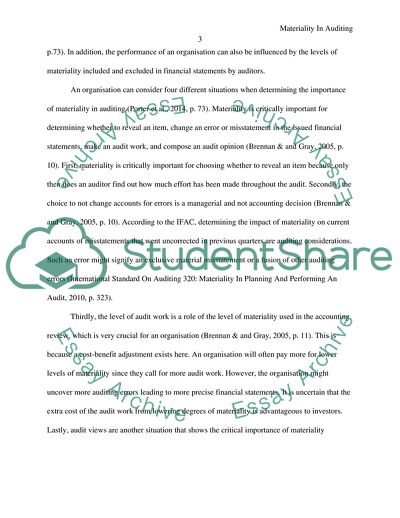Cite this document
(Critical Importance of Materiality in Auditing Coursework - 10, n.d.)
Critical Importance of Materiality in Auditing Coursework - 10. Retrieved from https://studentshare.org/finance-accounting/1854059-materiality-in-auditing
Critical Importance of Materiality in Auditing Coursework - 10. Retrieved from https://studentshare.org/finance-accounting/1854059-materiality-in-auditing
(Critical Importance of Materiality in Auditing Coursework - 10)
Critical Importance of Materiality in Auditing Coursework - 10. https://studentshare.org/finance-accounting/1854059-materiality-in-auditing.
Critical Importance of Materiality in Auditing Coursework - 10. https://studentshare.org/finance-accounting/1854059-materiality-in-auditing.
“Critical Importance of Materiality in Auditing Coursework - 10”. https://studentshare.org/finance-accounting/1854059-materiality-in-auditing.


